Economic and Social Justice are measures of the distribution of wealth, well-being, health, justice, opportunities, social privileges or amenities in which people have unhindered access, regardless of their gender, legal, political, economic, and socio-religious status, in order to create sufficient opportunities
Economic And Social Justice
in which each person will have a dignified and sustainable means of livelihood. Anambra as a state is not backward socio-economically. Anambra state can be said to be a commercial state as markets can be found in almost all of its 181 communities. The state harbors the famous ONITSHA Main market, which is the biggest market in West Africa in terms of trade volume.
In spite of being a commercial hub in Nigeria, it has a fair share of the poor who are mostly rural farmers. 60% of the workforce is in distributive trade while in rural areas 70% are farmers. According to National bureau of Statistics NBS, only 7.4 % of people in Anambra fall within the category of non-poor while 47.6 % are core poor and 45.0% are moderately poor.
At different times, different governments in the State have set up different socio-economic policies to attract foreign and local investors for development. This has not been translated into actuality as socio-economic amenities are still lacking in many communities. Many communities are still to get functional electricity.
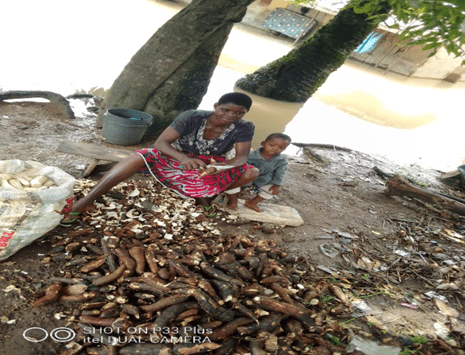
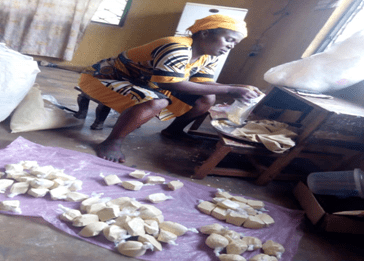
As government is very keen in generating revenues, often it affects the lower income earners. Markets are being destroyed by government in the name of beautification and illegal structures without providing alternative. In some cases where new markets are built, the exorbitant price excluded the poor traders. Again, there exist multiple taxation and illegal revenue collection by both the government agents and touts in urban cities. These activities have rendered many poorer, especially women and PWDs.
Key Actions
- Provision of Poverty Alleviation Programs – micro credit scheme, training on savings, financial management, and Agricultural ventures.
- Public sensitization on women and girls’ rights. and awareness creation against discrimination of women, domestic violence and abuses.
- Sensitization on public health and use of health centers
- Financial empowerment of poor women, girls and youths
- Off-setting hospital bills and Organizing free medical
- Advocacy to traditional authorities to eliminate obnoxious practices against women
- Advocacy to relevant government authorities against multiple taxation and touting and for the maintenance and provision of socio-economic amenities.
- Monitoring of socio-economic amenities in the communities.
You should also read these
-
REPORT OF 2023 GENERAL ELECTION, HELD ON 25th FEBRUARY 2023 AS OBSERVED BY JUSTICE DEVELOPMENT AND PEACE/ CARITAS (JDPC) ANAMBRA STATE
REPORT OF 2023 GENERAL ELECTION, HELD ON 25th FEBRUARY 2023 AS OBSERVED BY JUSTICE DEVELOPMENT AND PEACE/ CARITAS (JDPC) ANAMBRA STATE Introduction Justice Development and Peace/Caritas Anambra State are faith […]
READ MORE
Trending
People are talking about this
JDPC ONITSHA
Justice Peace Development / Caritas. making impactful actions in our society and creating direct access to core development, justice for all and improving the livelihood of the poor.
Contact Us
Visit us at: Basilica of the Most Holy Trinity Ontsha, Anambra State, Nigeria.
Call us on: +234 909 605 7190
Email: contact@jdpconitsha.org
CONTACT US
ADDRESS:
Basilica of the Most Holy Trinity Ontsha, Anambra State, Nigeria.
PHONES: (+234) 08066225377, (+234) 09034906858
MAIL: contact@jdpconitsha.org
How to Donate to JDPC
JDPC (Justice Peace Development Commission) is a Vivamus volutpat eros pulvinar velit laoreet, sit amet egestas erat dignissim. Sed quis rutrum.
DONATE NOW
© Copyright 2020 JDPC Onitsha ❤️ Web Nigeria

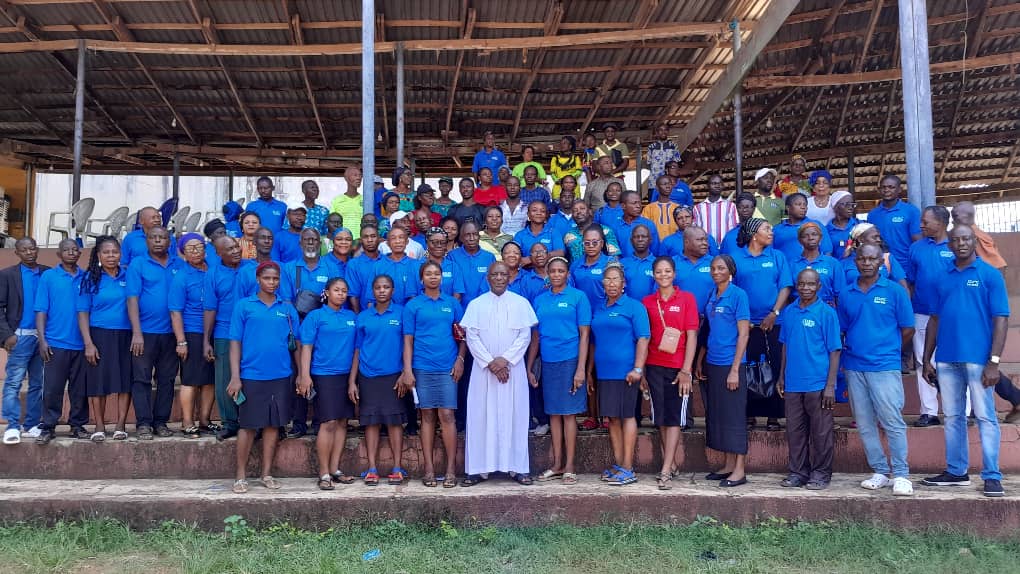
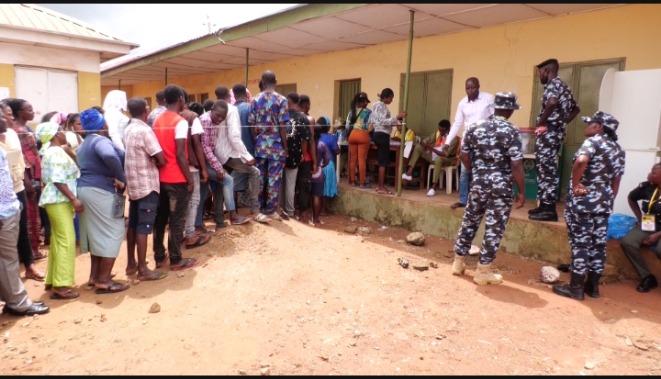
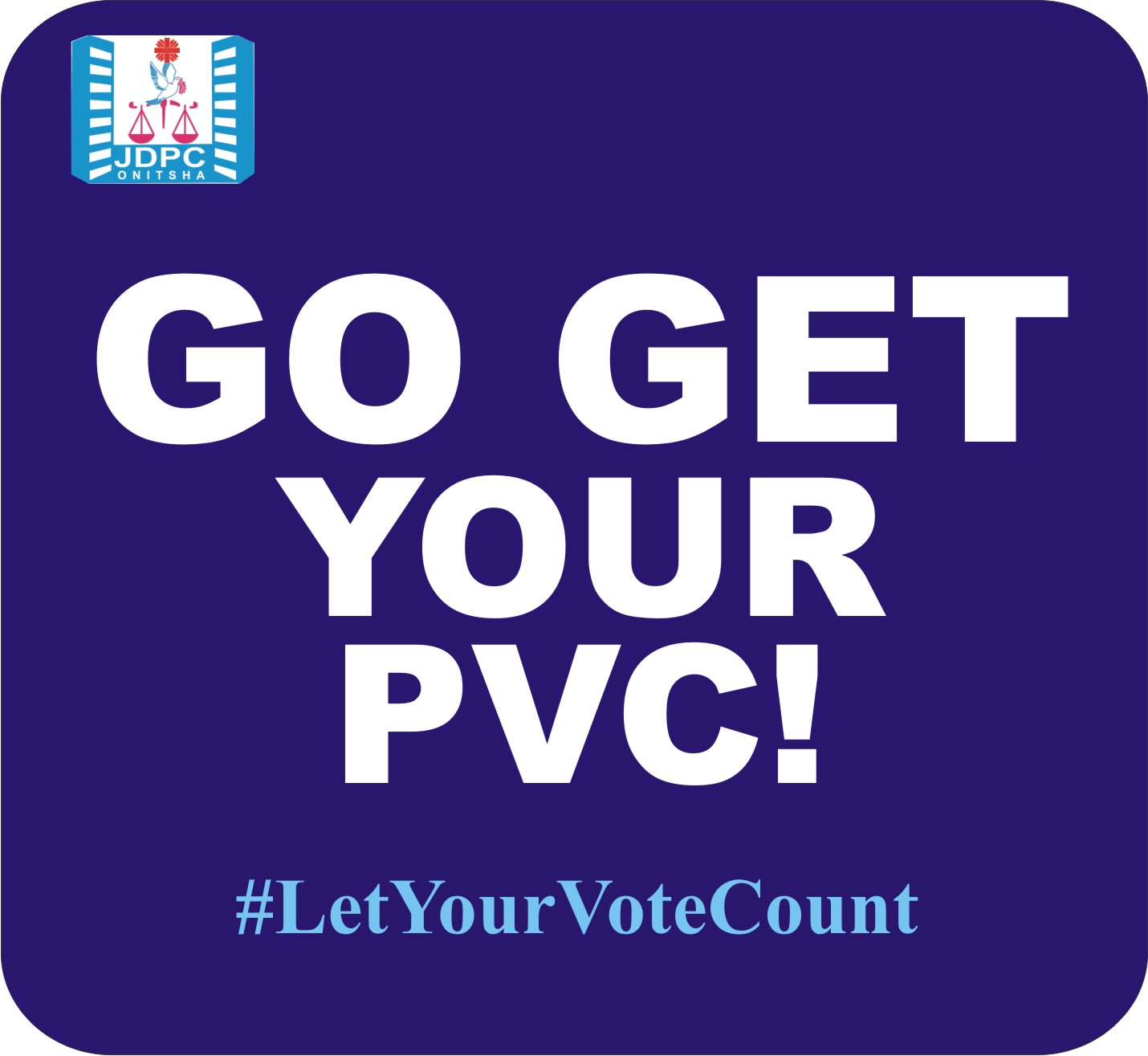

Leave a Reply
You must be logged in to post a comment.